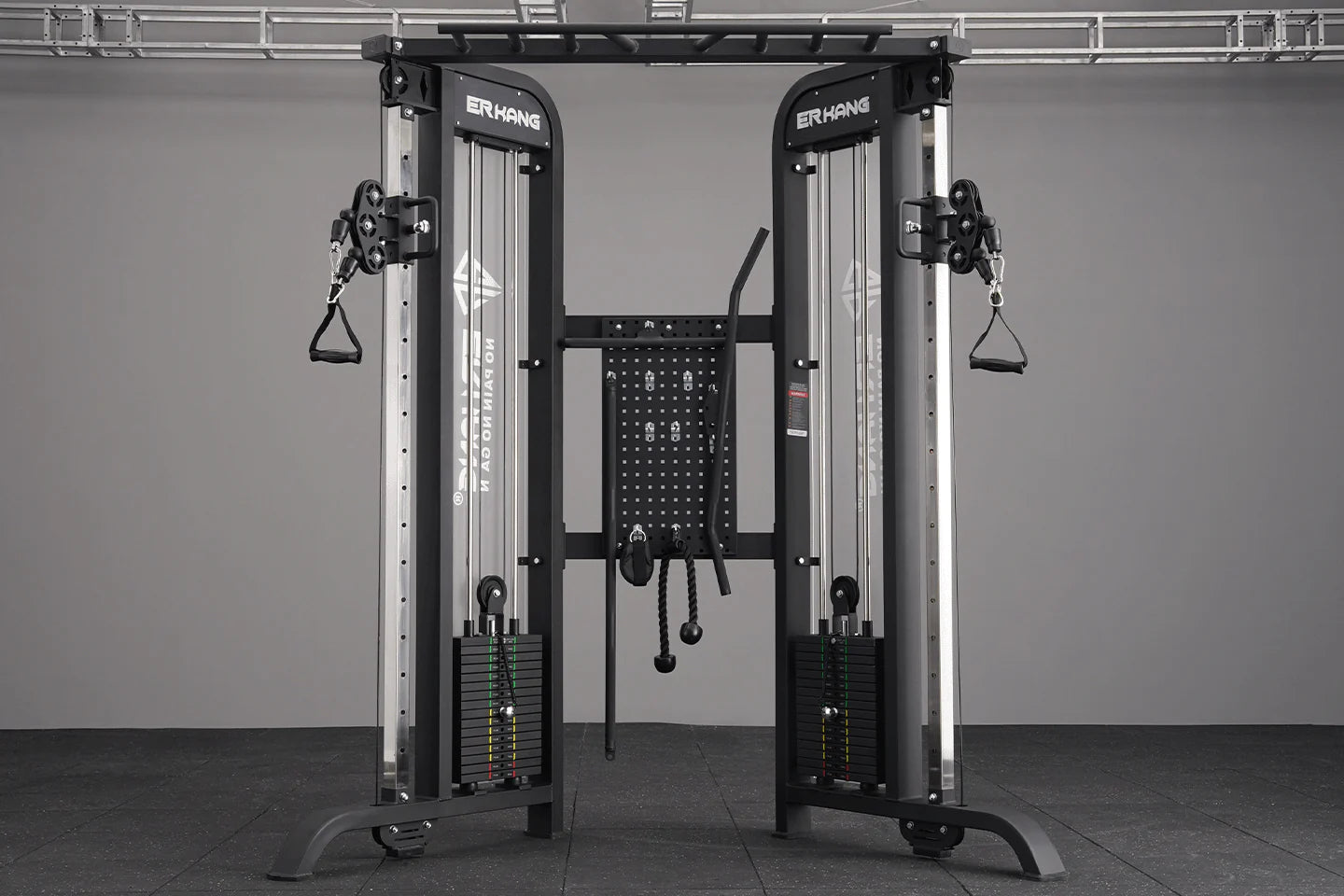If you're looking to build explosive strength and agility, plyometric training can transform your workouts. Unlike traditional strength training, plyometric exercises teach your muscles to exert maximum force in the shortest time, helping you jump higher, run faster, and move with greater confidence in sports and daily life.
What Is Plyometric Training?
Plyometric training focuses on quick, powerful movements like jumping, bounding, and hopping, using your body's stretch-shortening cycle to develop power. By incorporating a plyometric workout into your weekly routine, you engage fast-twitch muscle fibers, improve neuromuscular coordination, and train your body to move efficiently under dynamic conditions.
Benefits of Plyometric Workouts
-
Enhanced Power and Speed: Helps athletes and fitness enthusiasts boost sprint speed and vertical jump.
-
Improved Coordination: Develops mind-muscle connection and balance.
-
Increased Calorie Burn: High-intensity plyometric drills burn more calories in a shorter time.
-
Sports Performance: Beneficial for basketball, soccer, martial arts, and track athletes aiming to improve agility and explosiveness.
Examples of Effective Plyometric Training Exercises
If you are new to this style of training, begin with low-impact plyometric training exercises such as:
-
Jump Squats: Develop lower body power while reinforcing squat mechanics.
-
Box Jumps: Improve explosive hip extension and coordination.
-
Lateral Bounds: Enhance side-to-side agility for sports movements.
-
Plyometric Push-Ups: Train upper-body power by pushing off the ground with each rep.
-
Tuck Jumps: Build knee drive strength for sprinting and jumping sports.
Structuring Your Plyometric Routine
A well-designed plyometric routine should include:
-
Warm-Up (5-10 min): Dynamic stretches and light jogging to prepare joints.
-
Plyometric Drills (15-20 min): 4-6 exercises with 3 sets of 6-10 reps each.
-
Rest and Recovery: Full recovery (60-90 seconds) between sets to maintain explosive power.
-
Cooldown (5 min): Gentle stretching to reduce soreness.
To progress, increase the height of your jumps or the complexity of your drills gradually, ensuring your technique remains crisp.
Personal Note on Plyometric Training
When I first added a structured plyometric training workout to my weekly program, I noticed immediate carryover to my sprint speed and jumping ability. At first, even simple box jumps felt challenging, but within weeks, I could jump higher and felt lighter on my feet. It also taught me how to land safely and control my body in motion, reducing knee discomfort I once experienced during basketball games. If you stay consistent, you will feel the difference not just in your workouts but in your confidence during sports and daily activities.
Safety Tips for Plyometric Workouts
-
Train on a soft but firm surface to reduce joint stress.
-
Ensure proper landing mechanics: land softly with knees slightly bent.
-
Do not perform excessive repetitions; focus on quality over quantity.
-
Incorporate plyometric drills 1-3 times per week, allowing recovery days.
Conclusion
Plyometric training is one of the most effective ways to build explosive power, agility, and athletic conditioning. By incorporating a balanced plyometric routine, you can challenge your body in new ways while supporting your strength and conditioning goals. Whether you’re looking to improve athletic performance or simply enhance your workouts, adding plyometric drills will help you move with power and confidence.












































Leave a comment
This site is protected by hCaptcha and the hCaptcha Privacy Policy and Terms of Service apply.